Duck Blood and Vermicelli Soup: A Culinary Delight Hailing from Nanjing
In the vast tapestry of Chinese cuisine, where every province and city boasts its own unique culinary treasures, one dish stands out as a quintessential representation of Nanjing, the ancient capital of six dynasties in China. This dish, known affectionately as duck blood and vermicelli soup (or “duck blood粉丝soup” in pinyin, though the direct English translation often simplifies it), is not just a meal; it is a cultural artifact, a flavorful journey through history, and a testament to the ingenuity of Nanjing’s culinary heritage.
Origins and Historical Significance
The origins of duck blood and vermicelli soup are shrouded in the mist of time, much like many other traditional Chinese dishes. Nanjing, with its rich historical background and strategic location along the Yangtze River, has always been a melting pot of cultures and culinary influences. It is believed that the dish originated among the working-class populations who sought a hearty, nutritious, and affordable meal. Ducks were plentiful in the region, and their blood, often discarded as a byproduct of duck meat production, was cleverly repurposed into a soup.
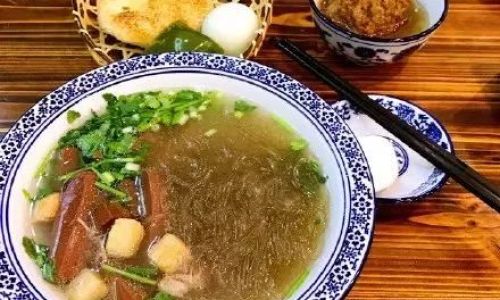
The integration of vermicelli, a staple in many Asian cuisines, added texture and substance to the soup, making it a filling and satisfying dish. Over time, as Nanjing’s culinary landscape evolved, so did duck blood and vermicelli soup. Various ingredients, such as tofu, green onions, chili oil, and vinegar, were introduced to enhance its flavor profile, transforming it from a humble street food into a beloved culinary icon.
Ingredients and Preparation
The preparation of duck blood and vermicelli soup is both an art and a science, requiring precision and attention to detail. The key ingredients include fresh duck blood, vermicelli noodles, duck meat or duck bones for broth, tofu, green onions, chili oil, soy sauce, vinegar, and a variety of spices.
The broth, the soul of the dish, is meticulously cooked using duck bones, which are simmered for hours until the bones release their rich, flavorful juices. This broth is then seasoned with soy sauce, vinegar, and spices to create a balanced, umami-rich base. The duck blood, which should be firm and free of any impurities, is cut into small cubes and gently cooked in the broth to avoid breaking apart.
Vermicelli noodles, chosen for their delicate texture and ability to absorb flavors, are cooked separately and then added to the soup just before serving. Tofu, which adds a creamy texture and mild flavor, is also a crucial component. Green onions, chopped finely, are sprinkled over the top for a fresh, aromatic touch.
Chili oil, a blend of chili peppers and oil, adds a fiery kick to the soup, while vinegar provides a tangy contrast that balances the richness of the broth. The final touch is a drizzle of sesame oil, which adds a nutty, aromatic flavor that rounds out the dish.
Cultural Significance and Local Variations
Duck blood and vermicelli soup is deeply intertwined with Nanjing’s cultural identity. It is a dish that is often associated with the city’s bustling night markets and street food vendors, where the aroma of simmering broths and the sight of steaming bowls of soup draw in hungry passersby. It is a meal that transcends class and age, enjoyed by everyone from working-class laborers to tourists and food enthusiasts.
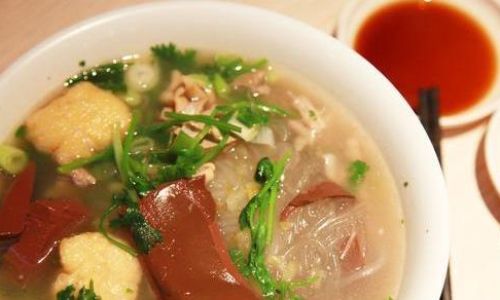
Within Nanjing, there are numerous variations of duck blood and vermicelli soup, each with its own unique flavor profile and ingredients. Some vendors add additional toppings such as boiled eggs, mushrooms, or even pieces of duck intestine, creating a more complex and hearty dish. Others focus on refining the broth, using high-quality duck bones and a longer cooking process to achieve a deeper, more flavorful soup.
Despite these variations, the core elements of the dish remain consistent: the rich, umami-rich broth; the delicate, flavor-absorbing vermicelli noodles; the firm, slightly sweet duck blood; and the aromatic, fiery chili oil. These elements, combined with the dish’s historical and cultural significance, make duck blood and vermicelli soup a true representation of Nanjing’s culinary heritage.
The Experience of Eating Duck Blood and Vermicelli Soup
Eating duck blood and vermicelli soup is an immersive experience that engages all five senses. The aroma of the broth, a blend of duck, soy sauce, and chili oil, wafts through the air, drawing you in like a siren’s call. As you approach the vendor’s stall or restaurant, you are greeted by the sight of steaming bowls of soup, each one a work of art with its vibrant colors and textures.
The first taste is a revelation. The broth, rich and flavorful, coats your mouth with its umami-laden goodness. The duck blood, firm yet tender, adds a subtle sweetness that contrasts beautifully with the tangy vinegar and fiery chili oil. The vermicelli noodles, soaked in the broth, are delicate and flavorful, while the tofu provides a creamy, soothing texture.
As you continue to eat, the various flavors and textures meld together, creating a harmonious symphony on your palate. The chili oil provides a fiery kick that wakes up your taste buds, while the vinegar cuts through the richness of the broth, creating a balanced and satisfying meal.
The Spread of Duck Blood and Vermicelli Soup Beyond Nanjing
In recent years, duck blood and vermicelli soup has begun to gain popularity beyond Nanjing’s borders. As Chinese cuisine has become more globalized, this traditional dish has been introduced to international audiences, who have been captivated by its unique flavor profile and cultural significance.
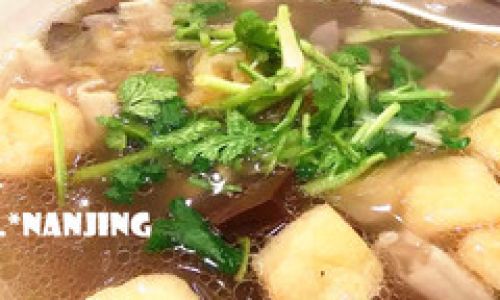
Restaurants and street food vendors in cities around the world, from New York to London, have started to offer their own versions of duck blood and vermicelli soup. While these versions may differ slightly from the original Nanjing dish, they all share the same core elements and the same goal: to provide a delicious, satisfying meal that honors the rich culinary heritage of Nanjing.
Conclusion
Duck blood and vermicelli soup is a dish that is more than just a meal; it is a cultural artifact, a flavorful journey through history, and a testament to the ingenuity of Nanjing’s culinary heritage. Its origins may be shrouded in mystery, but its significance as a representation of Nanjing’s culinary landscape is undeniable.
From its rich, umami-laden broth to its delicate, flavor-absorbing vermicelli noodles, and from its firm, slightly sweet duck blood to its aromatic, fiery chili oil, duck blood and vermicelli soup is a dish that engages all five senses and creates a lasting impression on the palate.
As Chinese cuisine continues to gain popularity around the world, it is likely that duck blood and vermicelli soup will continue to spread, introducing new audiences to the unique flavors and textures of Nanjing’s culinary treasures. For those who have yet to experience this dish, I encourage you to seek it out, to taste its flavors, and to appreciate its cultural significance. It is a meal that is sure to leave a lasting impression on your palate and your mind.

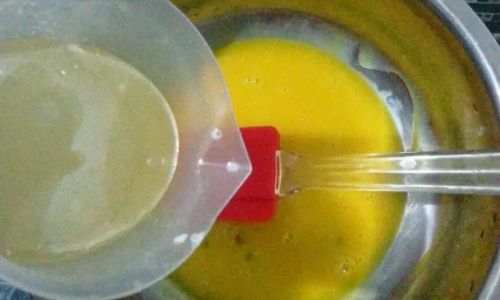
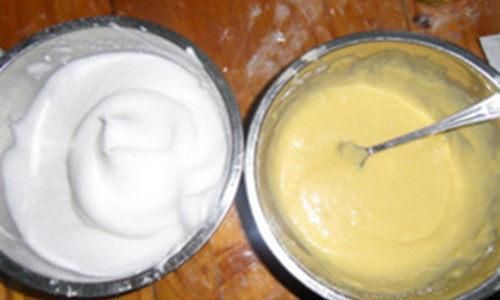
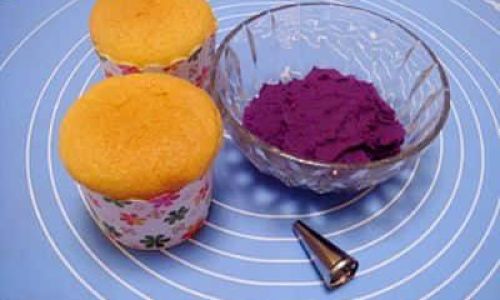


0 comments